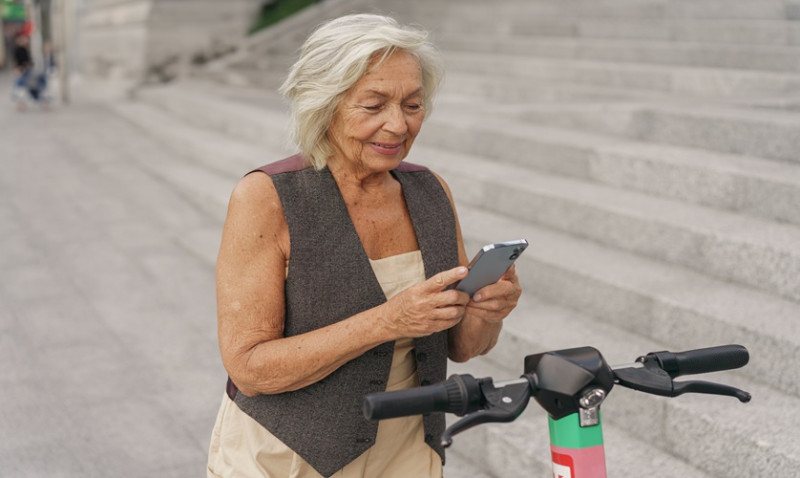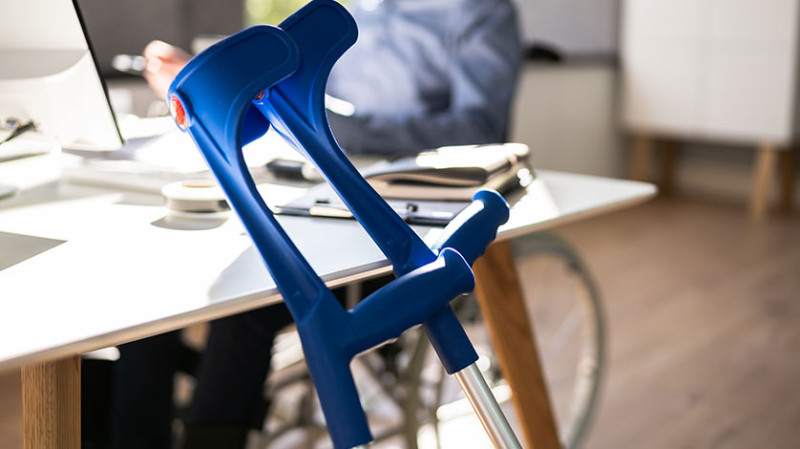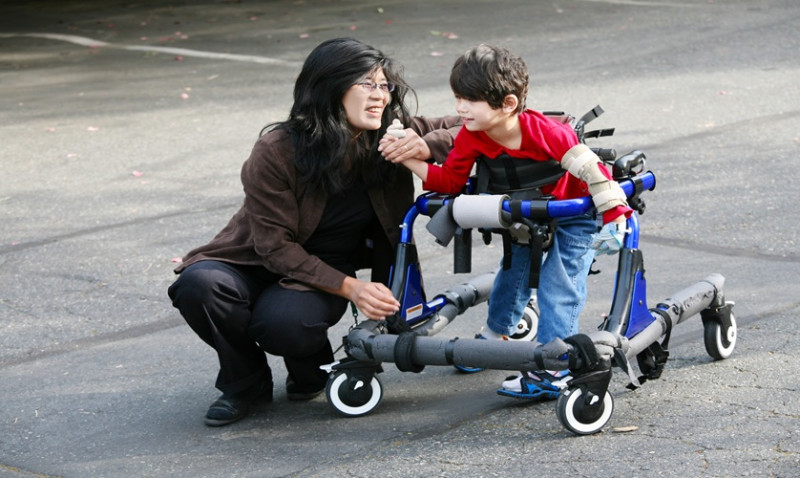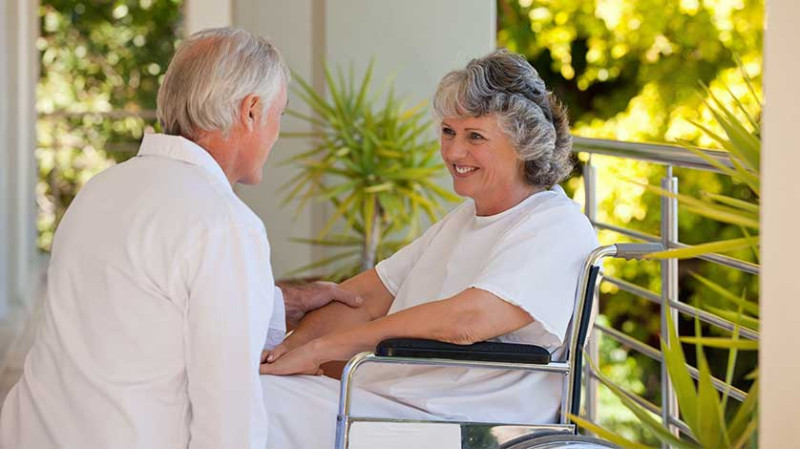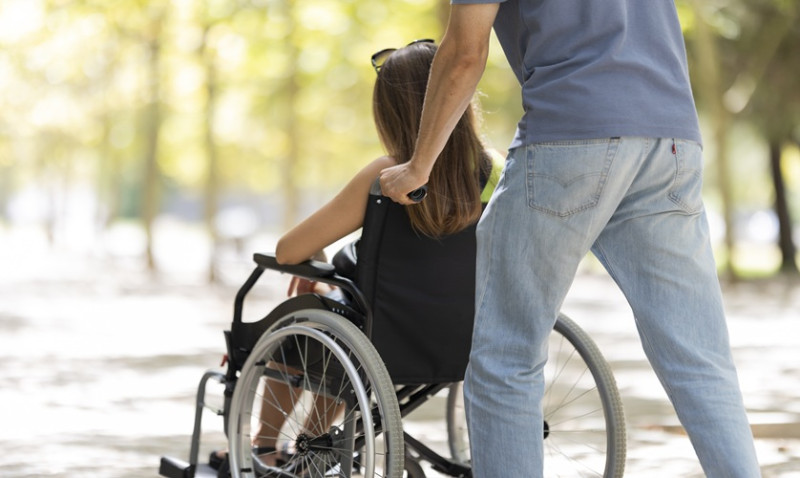
Understanding the mobility component of Personal Independence Payment (PIP) is essential for anyone supporting individuals with disabilities or limited mobility — whether you’re a professional tradesman adapting a space, a young designer rethinking interior flow, or a homeowner planning a DIY renovation. PIP is a benefit available in the UK to help people with the extra costs caused by long-term health conditions or disabilities. It’s made up of two parts: the Daily Living Component and the Mobility Component. This article focuses on the mobility aspect, how it works, and what you need to consider when adapting spaces for those who qualify.
What Is the Mobility Component of PIP?
The Mobility Component of PIP is designed to support people who have difficulty moving around. This could mean they physically struggle to walk, get around outdoors, or find it mentally challenging to navigate unfamiliar routes. Eligibility for this part of PIP is determined by how a person’s condition affects their ability to plan or follow a journey and their physical ability to walk a certain distance safely and reliably.
This component is particularly relevant when designing homes or workspaces to be more accessible — whether that means selecting non-slip flooring, expanding doorways for wheelchair access, or choosing smart lighting systems that aid navigation. Tradespeople and designers alike must understand how mobility limitations intersect with space planning.
There are two rates for the Mobility Component: the standard rate and the enhanced rate. The rate someone receives depends on the severity of their mobility issues and how many points they score in the mobility section of the PIP assessment. Knowing the threshold for each can help clients understand what adaptive aids or environment modifications their PIP allowance can help fund.
With the push for more inclusive environments, it's increasingly common for trades and design professionals to be asked to make space accessible — installing ramps, lever-style handles, and modifying bathrooms. Recognising when clients are entitled to mobility support through PIP ensures you're prepared to discuss how these costs might be offset.
How the Mobility Component Is Assessed
The assessment for the PIP mobility component is based on two key activities: planning and following journeys and moving around. Applicants are given a score based on how well they can complete each activity. These scores determine their eligibility for each rate.
Examples of difficulty might include someone with visual impairments, neurological conditions, mental health conditions like anxiety or PTSD, or musculoskeletal conditions that limit walking. The assessment often happens during a face-to-face consultation with a healthcare professional, although it may also take place over the phone or via documents in special cases.
An important distinction to make for design and building work is whether your client receives the enhanced mobility rate. Those awarded this higher rate may also be eligible for additional support schemes – such as the Motability Scheme, which allows access to vehicles or mobility aids and can have a knock-on effect when planning practical upgrades to a property.
Here’s a quick breakdown of how the scoring criteria for the PIP mobility component could look:
| Activity | Example of Limitations | Points (Range) |
|---|---|---|
| Planning and following journeys | Disorientation, anxiety in unfamiliar places, vision impairment | 0–12 |
| Moving around | Pain when walking, fatigue, inability to walk more than 20–50 metres unaided | 0–12 |
Practical Implications for Designers and Tradespeople
From a practical perspective, trade professionals need to keep access and mobility in mind on both large and small-scale jobs. For example, if you're fitting a new kitchen or bathroom for someone who qualifies for the mobility component, they may be entitled to government assistance to help cover accessible fixtures or layout changes.
Architects planning residential or commercial builds should also be aware of the changing demographics and prioritise accessibility within core designs. Wider hallways, flush entryways, and flexible furniture placement are increasingly viewed not just as premium features but as essential requirements.
This applies even more to those involved in interior redecorating. You might be updating flooring for style, but choosing non-trip materials or integrating level transitions can dramatically increase the usability of a space for someone dealing with mobility challenges.
For DIY enthusiasts, it’s important to remember that stylish and accessible can go hand-in-hand. Knowing your rights under PIP or supporting a loved one who receives the mobility component can help guide choices around lighting, smart tech, or ergonomic upgrades that make the home more functional long-term.
Mobility Component Benefits beyond Cash Support
While the mobility component offers critical financial support, it also opens doors to other benefits. For example, individuals receiving the enhanced rate may qualify for the Blue Badge parking scheme, road tax exemption, or discounted public transport – all of which can influence daily design and accessibility considerations around home entranceways or outdoor spaces.
The Motability Scheme, which enables users to lease a car, scooter or power wheelchair using their mobility allowance, has clear connections to home design too. Projects involving driveway widening, outdoor charging points, or covered porch access for mobility devices are increasingly common requests from clients in this group.
Understanding how the mobility component benefits integrate with real-world applications helps both professionals and clients plan more effective, future-proof solutions. Whether you’re preparing a rental for tenants with accessibility needs or updating a forever home, aligning your services with the realities of PIP support makes good business sense — and genuine impact.
Final Thoughts: The Value of Awareness
For tradesmen, designers, and even DIY homeowners in the UK, understanding the mobility component of PIP provides more than just context — it provides an opportunity. Knowledge of this support system allows you to create more inclusive spaces and offer informed guidance on available governmental assistance, helping your projects meet both emotional and practical needs.
It also positions you as a trusted, knowledgeable professional equipped to understand the challenges faced by clients with mobility limitations. In a competitive market where referrals and reputation mean everything, demonstrating empathy and expertise may be exactly what sets you apart from the rest.
Stay tuned for Part 4, where we'll look in detail at how to appeal PIP decisions and ensure that those in need receive the support — and adaptations — they deserve.


